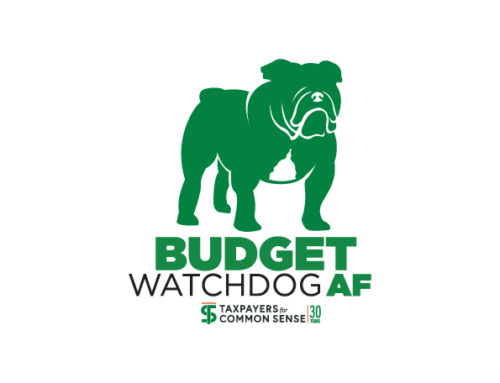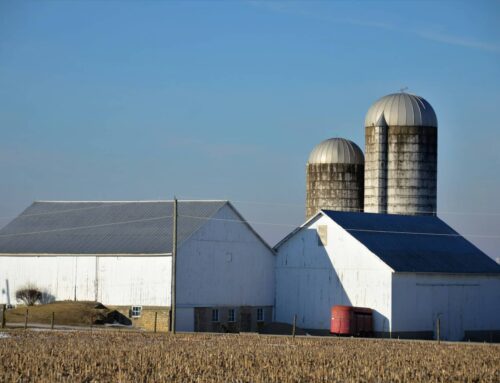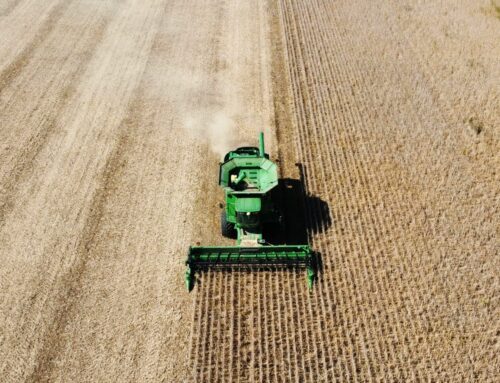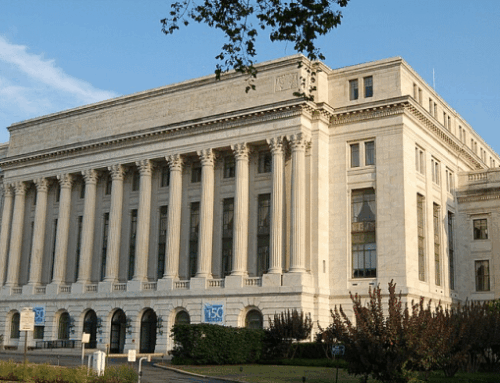The Federal Crop Insurance Program is projected to cost taxpayers an average of more than $12 billion annually over the next decade. Heralded as a risk management tool, in reality it often acts to disincentivize farmers and ranchers from incorporating risk reducing conservation practices in their operations. High subsidy levels shift economic risk from producers to taxpayers, while programmatic barriers often fail to reward producers that implement practices that reduce their risks of physical and financial loss.
With nearly $37 trillion in national debt, U.S. taxpayers cannot afford to provide unlimited premium subsidies in the crop insurance program with little to no assurance the investment increases the economic resilience of agricultural operations. Common sense reforms to make the program more receptive to incorporation of conservation practices will save taxpayer dollars while improving farm income and crop production stability, a win-win-win scenario.










